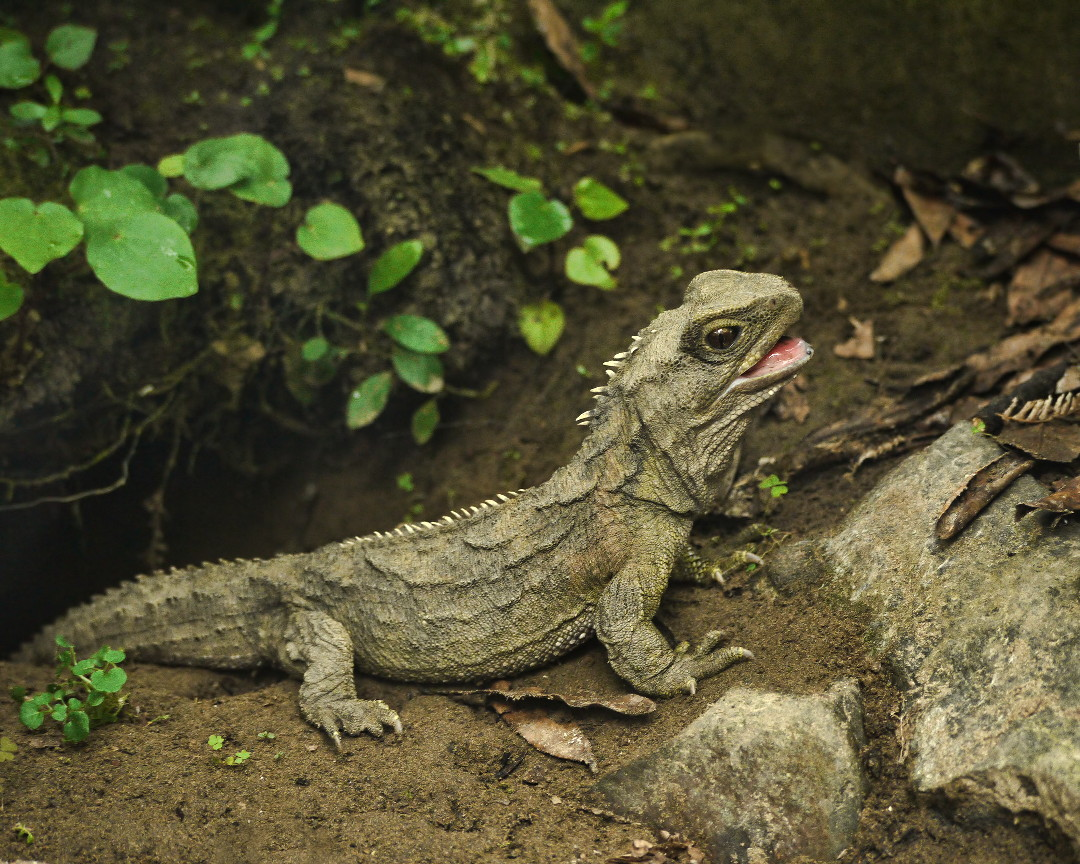created, $=dv.current().file.ctime & modified, =this.modified
Greenland Shark
Greenland sharks have the longest lifespan of any known vertebrate, estimated to be between 250 and 500 years.)
Oldest individual estimated to be 392 ± 120 years of age
Possibly luminous Crustaceans attach to their eyes causing blindness: The shark is often infested by the copepod Ommatokoita elongata, a crustacean which attaches itself to the shark’s eyes. It was speculated that the copepod may display bioluminescence and thus attract prey for the shark in a mutualistic relationship, but this hypothesis has not been verified. These parasites also damage the eyeball in several ways, leading to almost complete blindness. This does not seem to reduce the life expectancy or predatory ability of Greenland sharks, due to their strong reliance on smell and hearing.
The Greenland shark plays a role in cosmologies of the Inuit from the Canadian Eastern Arctic and Greenland. Igloolik Inuit believe that the shark lives within the urine pot of Sedna, goddess of the sea, and consequently, its flesh has a urine-like smell and acts as a helping spirit to shamans.
Bowhead Whale
Bowhead whales captured as recently as the 2000s off the coast of Alaska were found to have 1800s-era harpoons in their sides.
Tuatara
can live for 130-140 years.

Parietal eye and Complex eyes
The eye is at the top of the head; is photoreceptive; and is associated with the pineal gland, which regulates circadian rhythmicity and hormone production for thermoregulation.
The parietal eye is found in the tuatara, most lizards, frogs, salamanders, certain bony fish, sharks, and lampreys. It is absent in mammals but was present in their closest extinct relatives, the therapsids, suggesting that it was lost during the course of the mammalian evolution due to it being useless in endothermic animals.
To see with a resolution comparable to our simple eyes, humans would require very large compound eyes, around 11 metres (36 ft) in radius.
